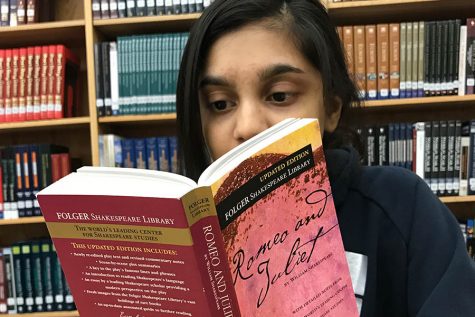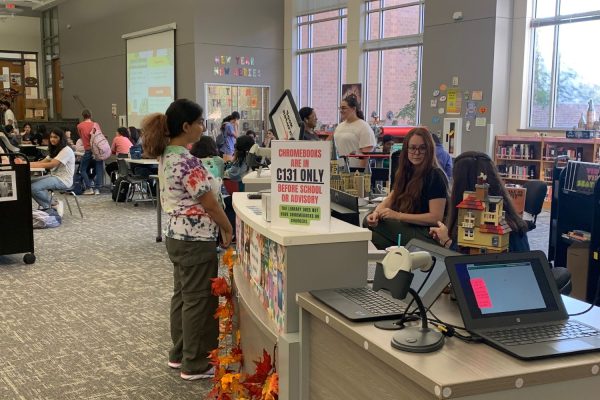Wiffle ball helps students analyze probability
Students in statistics classes are playing wiffle ball to wrap up their probability unit. “Playing the game and doing projects like this does make stats a lot more interesting, it makes it a lot easier for me to understand and learn concepts when I’m able to apply real life situations in the classroom and be able to call back to the example it sets for me compared to just learning it traditionally,” senior Sidney Hayes said.
January 4, 2022
With a bat in hand, senior Sidney Hayes is ready to take a swing at a flying white ball. A normal event in baseball, but this is wiffle ball, and it’s all part of a recent statistics project that examines probability.
“We are analyzing theoretical probability versus actual probability,” statistics teacher Kortney Smith said. ” Students were given players whose theoretical probability were calculated for them, then they played about four rounds of Wiffle Ball and analyzed the actual probability of batting average and compared theoretical to actual. “
Playing wiffle ball was all a part of the first semester’s final assignment using a real world activity.
“This project is the final project for our probability unit. In that unit we learned about theoretical and experimental probability, addition rule, and multiplication rule, ” Smith said.” This is just another activity to show how probability is used in the real world. It’s useful because there are people whose career is to study sports statistics, so this is an eye opener to that field of work. “
Having students play a real game pertaining to an assignment has allowed for more fun and a better understanding of statistics.
“It was actually really fun playing it once I got the hang of it, ” senior Sidney Hayes said.
“Playing the game and doing projects like this does make stats a lot more interesting, it makes it a lot easier for me to understand and learn concepts when I’m able to apply real life situations in the classroom and be able to call back to the example it sets for me compared to just learning it traditionally. “
Even with difficulty from never playing the game, there was still fun for a subject that is seen as easy.
“To me statistics is the easiest of all math subjects, there are limited topics and formulas we have to study which makes it easier, “senior Nidhi Patel said. “Though with the game, I had never played it before so it was a little difficult for me to understand it in one day, but it was still fun playing the wiffle ball with all my classmates.”
The project was actually originally done with the students only playing through dice, now they played the physical game ahead of the project.
“This is the first year that I’ve actually played the physical game before giving the project,” Smith said. “I already see a big difference in understanding of how to keep score, what does it mean when I get a single, etc. Also I saw that a strategy when people were picking their teams, they knew what to look for and understood what a players capability was.”
With all that fun, learning and comprehending the correlation between sports and probability is the ultimate goal.
“My goal for the students is for them to at least understand how baseball stats are calculated and to work together,” Smith said. “Also for them to know how to fill out a difficult scoreboard when some people are not familiar with baseball / wiffle ball and see how they do understand the probability but now applying it to something that people do everyday for fun.”












